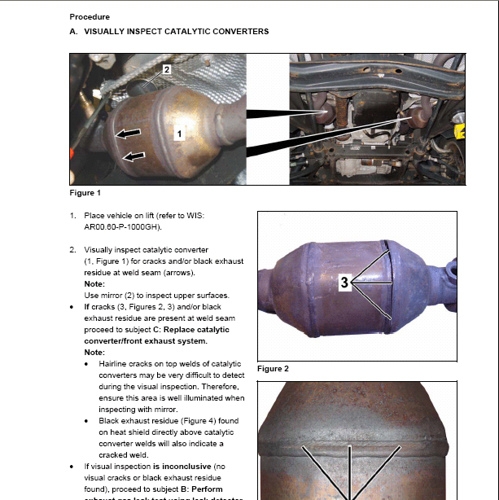
Scientists worked on the development of the catalytic converter for much of the 1960s, but it was not until 1973 that former General Motors president Robert Stempel oversaw its successful implementation in an automobile.
The catalytic converter's sole purpose is to reduce the amount of harmful pollution produced by the combustion of hydrocarbon-based fossil fuels in cars.
Catalytic converters decrease hydrocarbon emissions by about 87 percent, carbon monoxide by 85 percent and nitrous oxide by 62 percent during the expected life of a vehicle.
Initially, automakers believed the catalytic converter would make cars prohibitively expensive. On the contrary, catalytic converters only add about two percent to the cost of a vehicle. In 1985, the Environmental Protection Agency estimated that catalytic converters saved at least 10 times more in health costs than the price of a catalytic converter.
Catalytic converters decrease the fuel efficiency of a car and the increased price of unleaded gas costs consumers more in the long run, but only about $684 in 1980 dollars, or $1764.92 in 2008.
As of 2010, catalytic converters are mandatory on all cars in the US. Federal law considers it a crime to take it off, and a car without one will probably not pass a smog inspection.